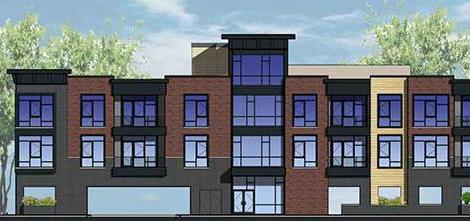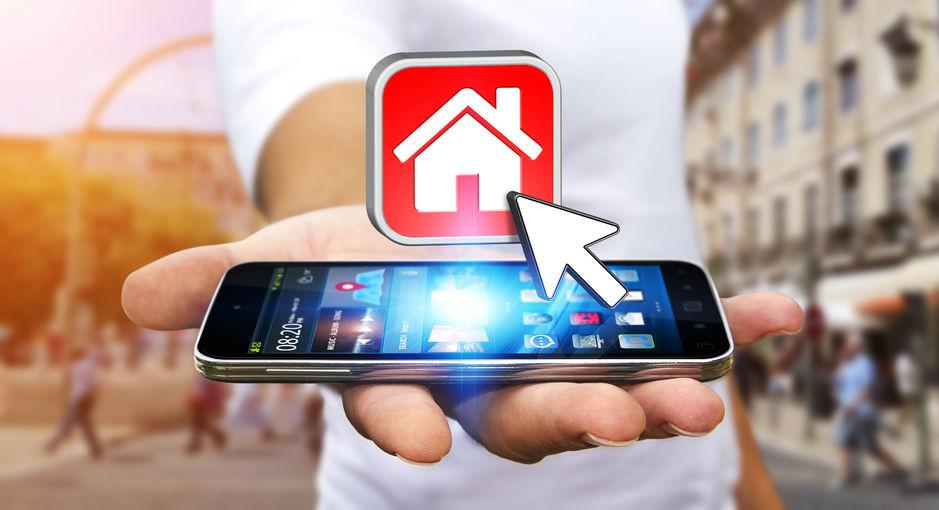
5 minute read
Preparing for the worst: Hurricane
PREPARING FOR THE WORST:
Hurricane disaster preparedness
By now, we all have seen for ourselves and heard stories and personal accounts of how disasters affect people. Needless to say, this year has had a record of fatal disasters that have wreaked havoc throughout the country. One thing that stood out from all disaster cases was the need and benefit of being prepared. Preparing for disasters should come before anything else. So, how do you prepare for a disaster? Particularly hurricane disasters.
If you reside in locations at risk of hurricanes, the CDC encourages you always to be prepared for the hurricane season. The Atlantic hurricane season begins on June 1 and runs through to November 30 every year. Ensure you’re always fully prepared for hurricane disasters throughout that period.
PREPARING FOR A HURRICANE AMID THE PANDEMIC.
It’s important to understand that your preparations may be different this year because of the need to ensure your safety and the safety of others from COVID-19. In these unprecedented times, give yourself more time than usual to prepare your emergency kit. In these times, home delivery is the best choice for acquiring disaster supplies. In case there is a need to go shopping physically, ensure you take the necessary steps to protect yourself and others from COVID-19.
PREPARING AN EMERGENCY KIT.
Normally, when disaster strikes, local officials and emergency personnel are always on the scene. But they may not reach you immediately to offer help. This requires you to have all the necessary things at hand to help you cope with the situation until help arrives. Experts recommend having an emergency kit prepared that can help you survive for up to three days. However, you may need to survive on your own for up to a week.
According to Ready.gov, below is a list of supplies you should have on your emergency kit:
ater, one gallon of water per person per day for at least three days, for drinking and sanitation. Food, at least a three-day supply of nonperishable food. Battery-powered or hand-crank radio and an NOAA Weather Radio with tone alert and extra
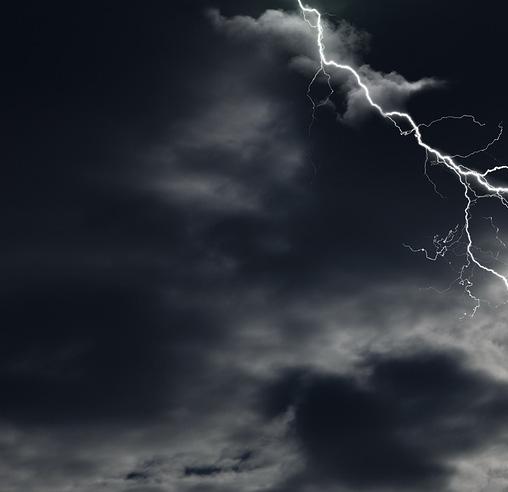
batteries for both. Flashlight and extra batteries. First aid kit. Whistle to signal for help. Dust mask, to help filter contaminated air and plastic sheeting and duct tape to shelterin-place. Moist towelettes, garbage bags, and plastic ties for personal sanitation. Wrench or pliers to turn off utilities. Can opener for food (if kit contains canned food). Local maps. Cell phone with chargers, inverter, or solar charger.
HAVE A DISASTER PLAN.
When disaster strikes, you should have a plan on how you’re going to contact one another. Also, the plan should address what every member of your family should do in different emergencies. Ready.gov recommends that the following: Identify an out-of-town contact. It may be easier to make a long-distance phone call than to call across town, so an outof-town contact may be in a better position to communicate among separated family members. Be sure every member of your family knows the phone number and has a cell phone, coins, or a prepaid phone card to call the emergency contact. If you have a cell phone, program that person(s) as “ICE” (In Case of Emergency) in your phone. If you are in an accident, emergency personnel will often check your ICE listings to get a hold of someone you know. Make sure to tell your family and friends that you’ve listed them as emergency contacts. Teach family members how to use text messaging (also known as SMS or Short Message Service). Text messages can often get around network disruptions when a phone call might not get through. Subscribe to alert services. Many communities now have systems that will send instant text alerts or e-mails to let you know about bad weather, road closings, local emergencies, etc. Sign up by visiting your local Office of Emergency Management web site.
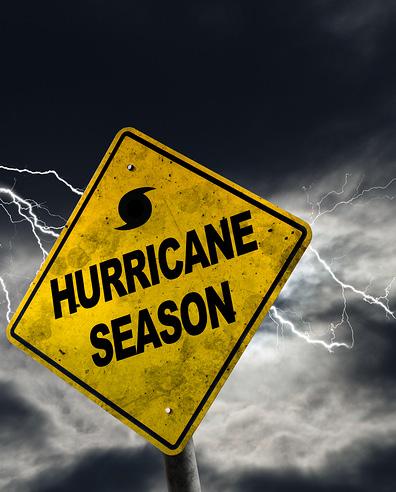
STAY INFORMED.
In times of disaster, the best way to survive is by staying informed. There are several ways you can stay informed. First, you can download the FEMA app that will be showing your real-time alerts from the National Weather Service for up to five locations countrywide. You can also sign up for community alerts in your area and stay informed of the Emergency Alert System (EAS) and Wireless Emergency Alert (WEA), which requires no sign-up. Remember, staying informed helps you to plan in time and can save your life.
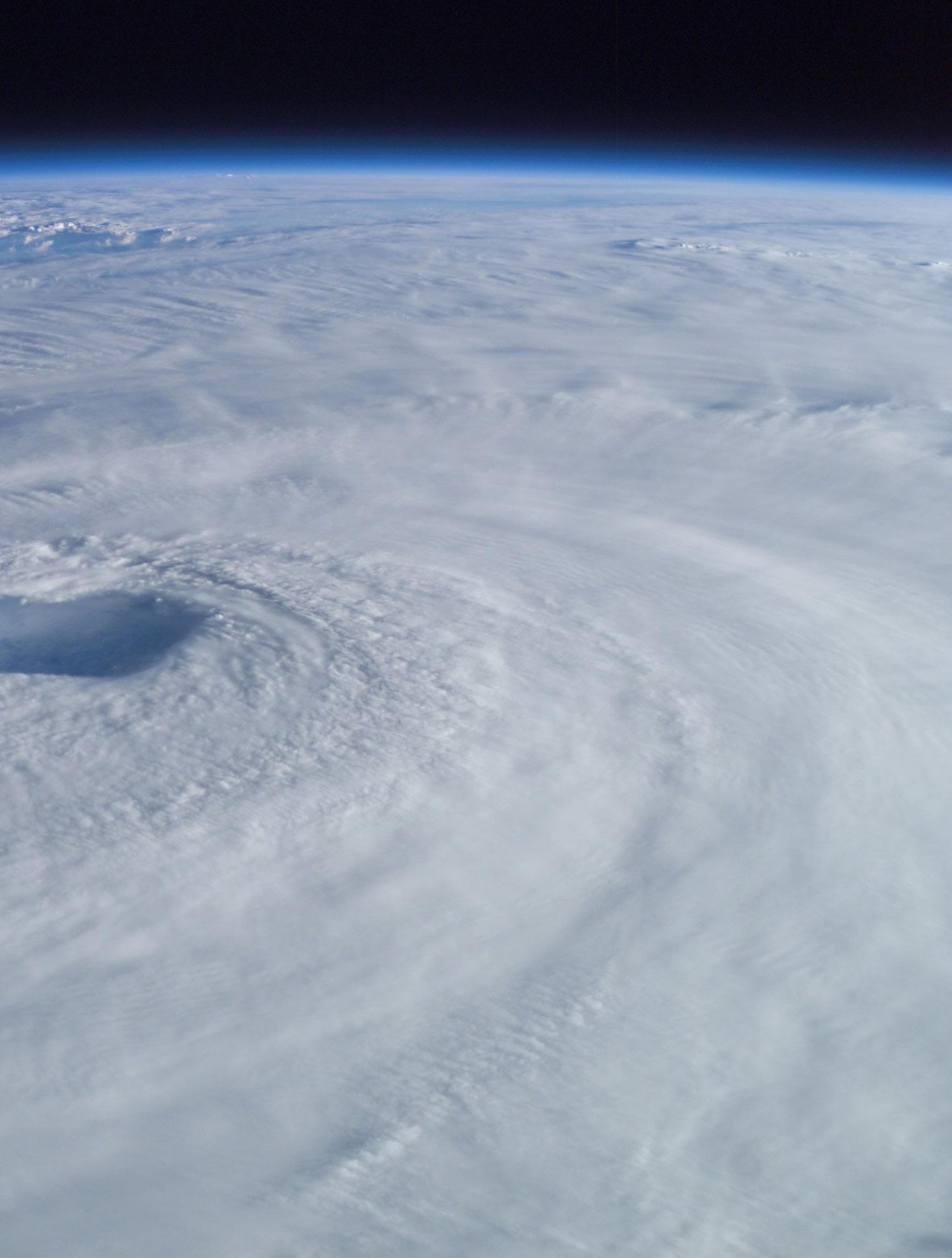
Also, remember you can never stop a hurricane, but you can be ready for it. Stay prepared.
Work cited.
https://www.ready.gov/hurricanes. https://www.weather.gov/bmx/outreach_beingprepared.
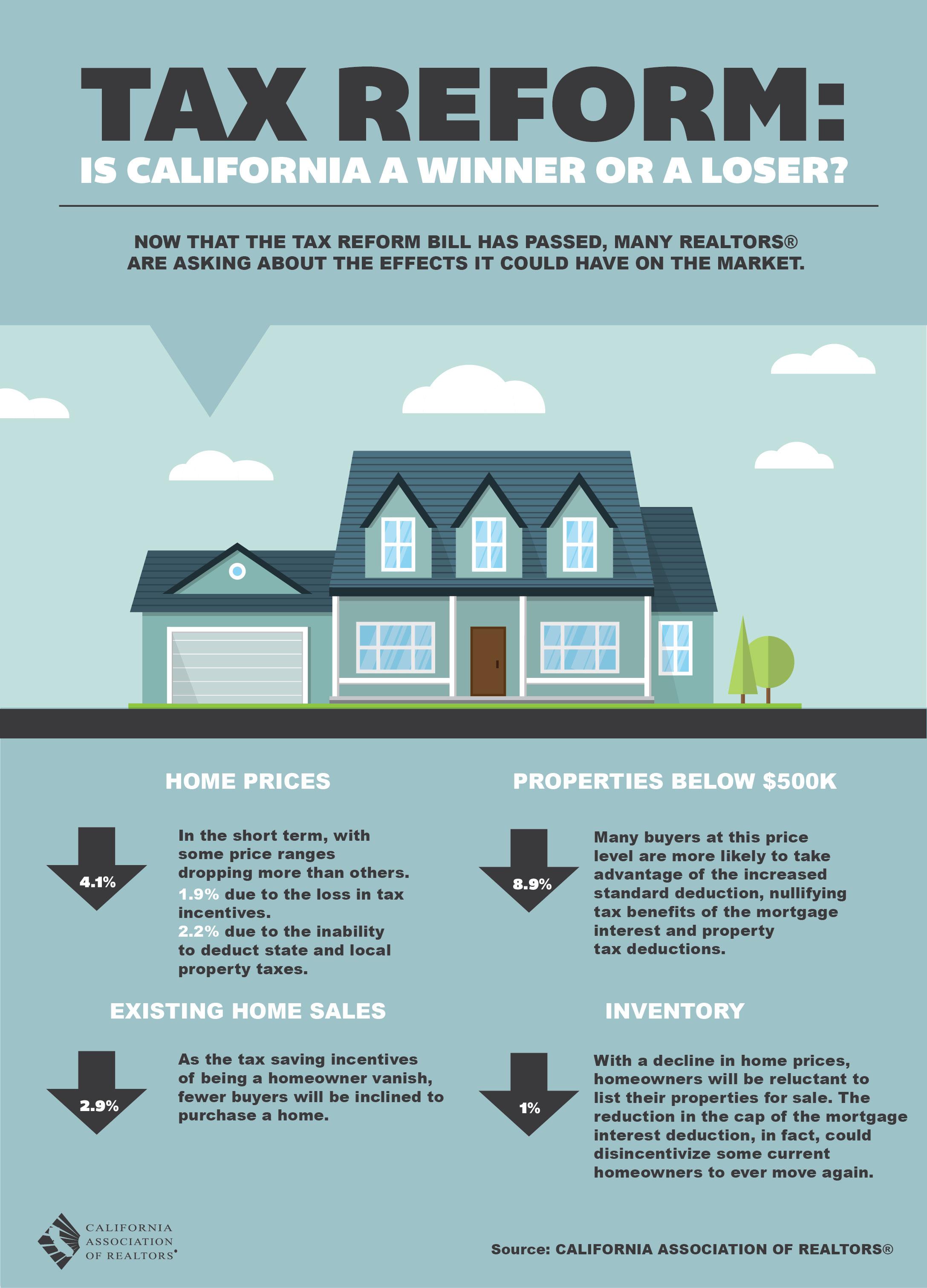
Install smart home technology, upgrade your computers, put in a home theater, improve your home office and remote learning environment, set up a home security system... There’s no end to what you could do! Is your house asking for a
HOME TECH UPGRADE?
HOME EQUITY LINE OF CREDIT as low as as low as apr2.99% apr4.25% for the first 12 months after Sign up for autodebit & SAVE!

[First Name] [Last Name] ERIC LAWRENCE FRAZIER MBA [Title] Vice President and Mortgage Advisor Branch Name Office: (800) 261-1634 ext. 703 NMLS#: [XXXXXX] Fax: (314) 264-0211 [(XXX)] [XXX-XXXX] NMLS#461807 [FirstName].[LastName]@fbol.com eric.frazier@fbol.com
11010 Limonite Ave. Miraloma CA 91752 firstbanks.com 800-760-BANK
*The Annual Percentage Rate (APR) is a variable rate based upon an index and a margin. The APR will vary with the Prime Rate (the index) as published in the Wall Street Journal. The variable rate APR will range from Prime + 0% to Prime + .425%, depending on the applicant’s credit score. This variable rate is based on auto-debit of payments from a First Bank checking account. If not auto-debiting payments from a First Bank checking account, add .75% to the rate. The APR may increase or decrease but will not exceed 18% nor will fall below 4.25% except during the 12 month promotional period. During the promotional period the rate will be based on applicant’s credit score with either Prime - 0.26% or Prime + 0.34% and both promotional rates requires auto-debit of payments from a First Bank checking account. As of September 1st, 2020, the APR ranges from 4.25% to 4.425% and the promotional rate is 2.99% or 3.59%. Rates are subject to change. This promotional rate is available only for consumer checking account clients of First Bank who do not have a HELOC with First Bank as of August 31st, 2020. Offer available for applications accepted during September 1st – September 30th 2020. No closing costs on lines up to $1,000,000 for standard documentation; third-party fees to be paid by borrower for loans over $1,000,000. Member FDIC






